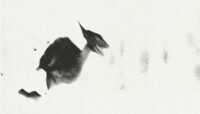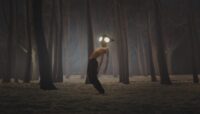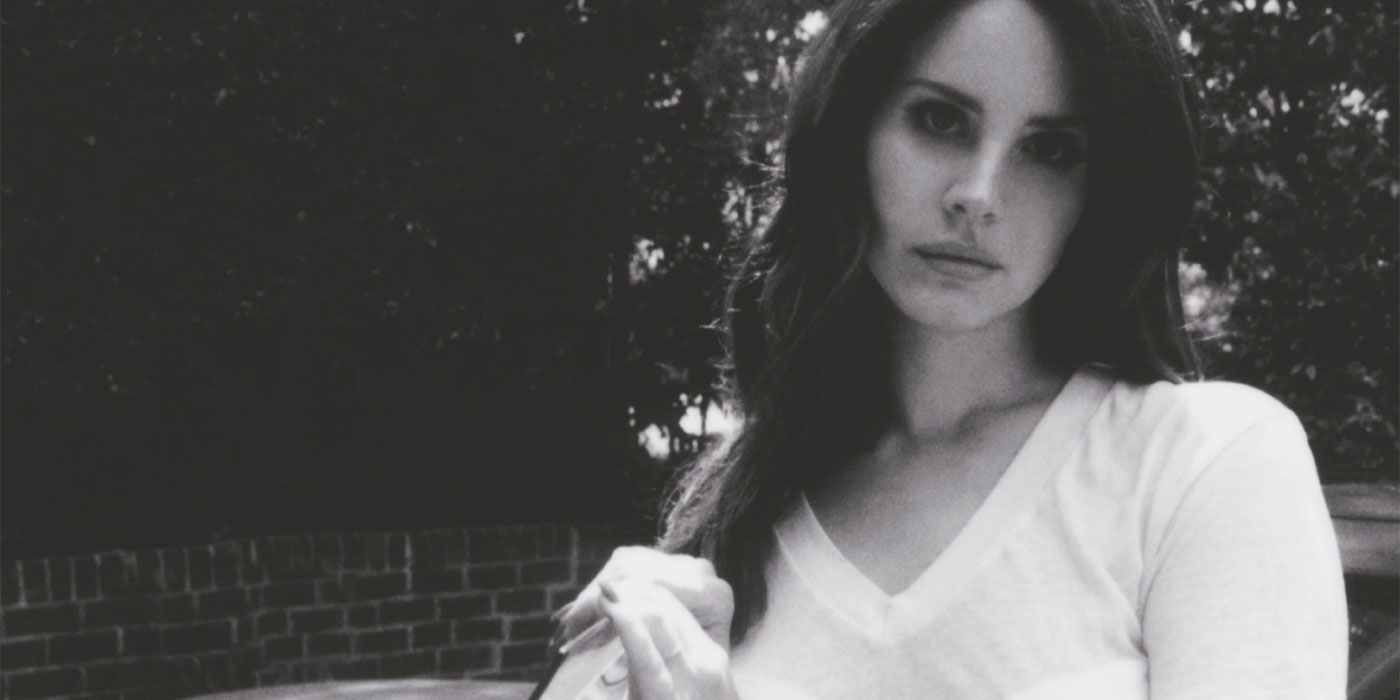Lana Del Rey is one of those artists who always, without fail, keeps you wanting more. So it is no surprise that “West Coast” has us waiting with bated breath for this week’s release of her fourth studio album, Ultraviolence.
She is a known fiend of nostalgia and thrusts her beloved 1960s-era Americana into her music, re-visualizing the past in her own unique way. If “West Coast” were to play out on the big screen as it does in my brain, it would look as if it were a lost reel of a Quentin Tarantino film; an ironic, noir depiction of Hollywood, blending the 1960s and ’70s into a compressed, multilayered story of lust, greed, and bright-eyed passion. In this particular story, though, Del Rey is both director and star as she masterfully evokes the conflicting positions, and emotions, of the desperate, struggling artist and glamorous starlets within this complex Hollywood realm.
The percussion tumble is the ignition that begins the tale that is “West Coast,” taking you for a night out on the town, cruising through the rain-slicked streets, the kind where the traffic lights glimmer off the puddles, creating a vibrantly dark backdrop. Del Rey’s deep, airy vocals straight up tells us the lay of the land, acting as a guide for the ride. The dispersed chorus is light and echoic, pulling us out of this world in an act of vulnerability. Only Lana Del Rey can simultaneously appear tough and soft, and only an artist such as she can inject so much depth into a four-minute track. In “West Coast,” Del Rey once again creates her own sound while paying ode to the rock and pop that came before her. It will be interesting to see the direction the rest of Ultraviolence takes. [spacer height=”12px”]



